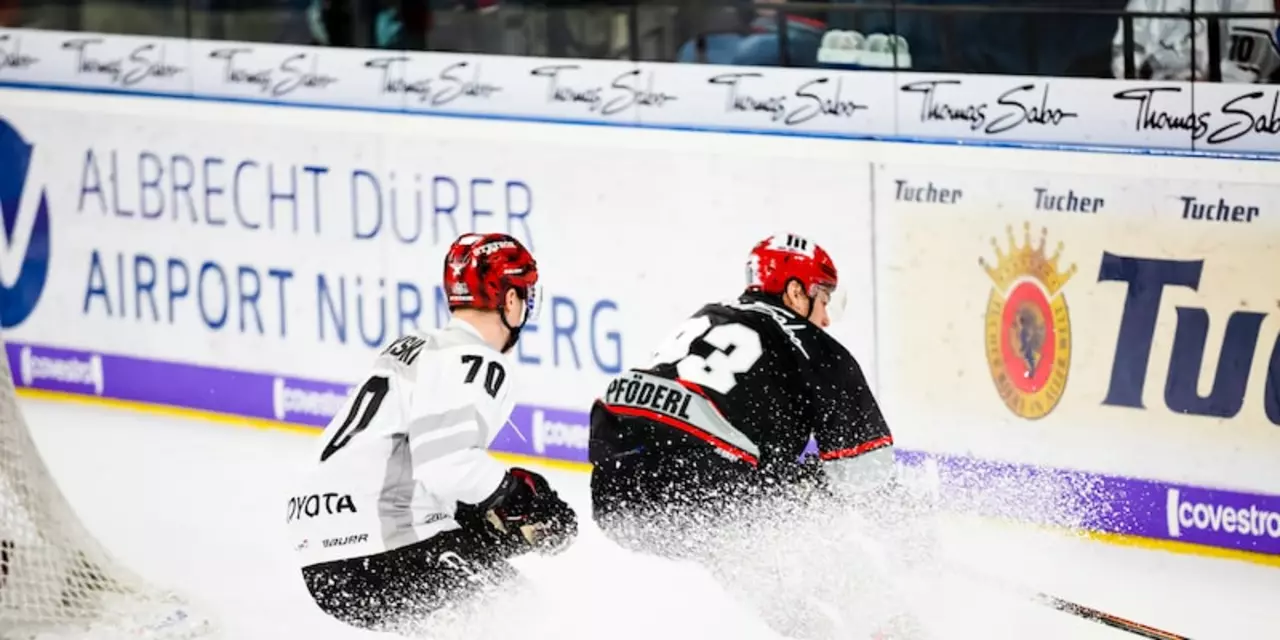Understanding the rules of overtime in professional hockey can be a daunting task. Overtime rules in professional hockey aim to ensure that games are decided by a winner, rather than ending in a tie. The rules of overtime in professional hockey vary slightly between different leagues, so it’s important to be familiar with the specific rules of the league you’re watching.
In the National Hockey League (NHL), overtime is played in the same format as a regular hockey game, with 3-on-3 play for a five minute period. If the game is still tied at the end of the overtime period, a shootout will be played to decide the winner. The shootout consists of three skaters for each team taking alternate shots on the opposing goaltender. If the score is still tied after three rounds, the shootout will continue in a sudden death format until one team has scored and the other has not.
In other professional hockey leagues, such as the American Hockey League (AHL), the overtime rules are slightly different. The AHL uses a four-on-four format for overtime instead of the three-on-three format used in the NHL. Additionally, the AHL does not use a shootout to decide games, instead opting for a three-round, sudden-death overtime period. If the game is still tied after the three rounds, the game will end in a tie.
Knowing the overtime rules in professional hockey is important for any fan of the sport. It’s important to understand the differences between the various leagues in order to appreciate the game. With the right knowledge, you can enjoy professional hockey in all its glory.
Overtime rules in professional hockey are designed to ensure that games are fair and competitive. The rules vary depending on the league, but they generally involve a five-minute sudden death period in which the first team to score a goal wins the game. Here are a few tips to help you win a hockey game in overtime:
- Be Aggressive: During overtime, it’s important to be aggressive and take the play to the other team. You should try to create scoring chances, take shots on goal, and put pressure on the opposing team’s defense. The more aggressive you are, the more likely you are to score the game-winning goal.
- Play Smart: While it’s important to be aggressive, it’s also important to play smart. Don’t take unnecessary risks that could lead to a turnover or penalty, and make sure you’re in the right position to help your team defensively. Smart play is just as important as aggressive play in overtime.
- Stay Focused: Overtime can be a nerve-wracking experience, so it’s important to stay focused on the task at hand. Don’t let your emotions get the best of you and try to stay calm and collected. The more focused you are, the better chance you have of coming out on top.
By following these tips, you can increase your chances of winning a hockey game in overtime. With a little bit of luck, you’ll be able to come out on top and celebrate a victory.
As a major professional sport, hockey has its own unique set of overtime rules. These rules are intended to ensure fair play and promote exciting game play. But how do they affect player performance? In this article, we’ll explore the impact of professional hockey’s overtime rules on player performance.
The first thing to note is that hockey’s overtime rules are designed to prevent the game from ending in a tie. The NHL has adopted a modified version of the 3-on-3 overtime format. This format allows teams to play an extra five minutes of game time and settle the game with a winner. This extra time gives teams a chance to score and decide the game without having to go to a shootout.
The 3-on-3 format can have a significant impact on player performance. Players must be able to transition quickly from offense to defense and vice versa. They also must be able to make split-second decisions on the ice. These skills can be honed and improved over time, as players learn to adjust to the unique challenges of playing in the 3-on-3 format.
At the same time, the 3-on-3 overtime format can also be physically demanding. Players must be in top physical condition if they are to succeed in this format. This means that teams must be mindful of their players’ conditioning and provide them with the necessary rest and recovery time.
Finally, the 3-on-3 overtime format can also have an emotional impact on players. This is especially true for players who are heavily involved in the game. As the game enters its final minutes, the intensity can be overwhelming for some players. This can lead to mental and physical fatigue, which can affect their performance.
In conclusion, professional hockey’s overtime rules can have a significant impact on player performance. Teams must be aware of this and take measures to ensure that their players are adequately prepared to compete in the 3-on-3 overtime format.
Professional hockey is a fast-paced sport that often leads to tight, competitive games. When the score is tied at the end of regulation time, the game enters into overtime. Overtime in professional hockey is designed to provide an exciting and fair way to decide a winner.
In the National Hockey League (NHL), overtime is four-on-four sudden death play. This means that teams are reduced to four skaters and one goaltender on each side. The game continues until one team scores, in which case that team is declared the winner. If no one scores during overtime, the game goes to a shootout.
In the American Hockey League (AHL), overtime is three-on-three sudden death play. The teams are reduced to three skaters and one goaltender on each side. As with the NHL, the game continues until one team scores, in which case that team is declared the winner. If no one scores during overtime, the game also goes to a shootout.
Overtime in both the NHL and AHL is designed to provide an exciting finish to the game. It also allows the teams to settle the game without having to resort to a long, drawn-out shootout. With the three-on-three format, teams are more likely to score due to the extra space on the ice, creating an exciting and thrilling finish to the game.
The professional hockey overtime rules can have a major impact on the outcome of games. In the NHL, teams are allowed five minutes of sudden-death overtime if the game is tied after regulation. If neither team scores during the five minutes, then the game goes to a shootout. The team that scores the most goals in the shootout is declared the winner.
The overtime rules are designed to reward teams that play well in the regular part of the game. If a team has been able to keep the game close and has been able to generate chances, then the overtime rules give them a chance to win the game. This can be beneficial for teams that are struggling in the standings or for teams that have had a tough stretch of games.
The overtime rules can also have an impact on the way teams approach the game. In some cases, teams may choose to play a more conservative game during regulation, in order to maximize their chances of winning in the overtime period. This can lead to some exciting games, as teams will be playing with a heightened sense of urgency.
The professional hockey overtime rules can be a great way to reward teams that play a strong game during the regular season. It can also lead to some exciting moments, as teams attempt to win the game in the overtime period. While it can have an impact on the outcome of games, the overtime rules can help ensure that teams are rewarded for their hard work.

